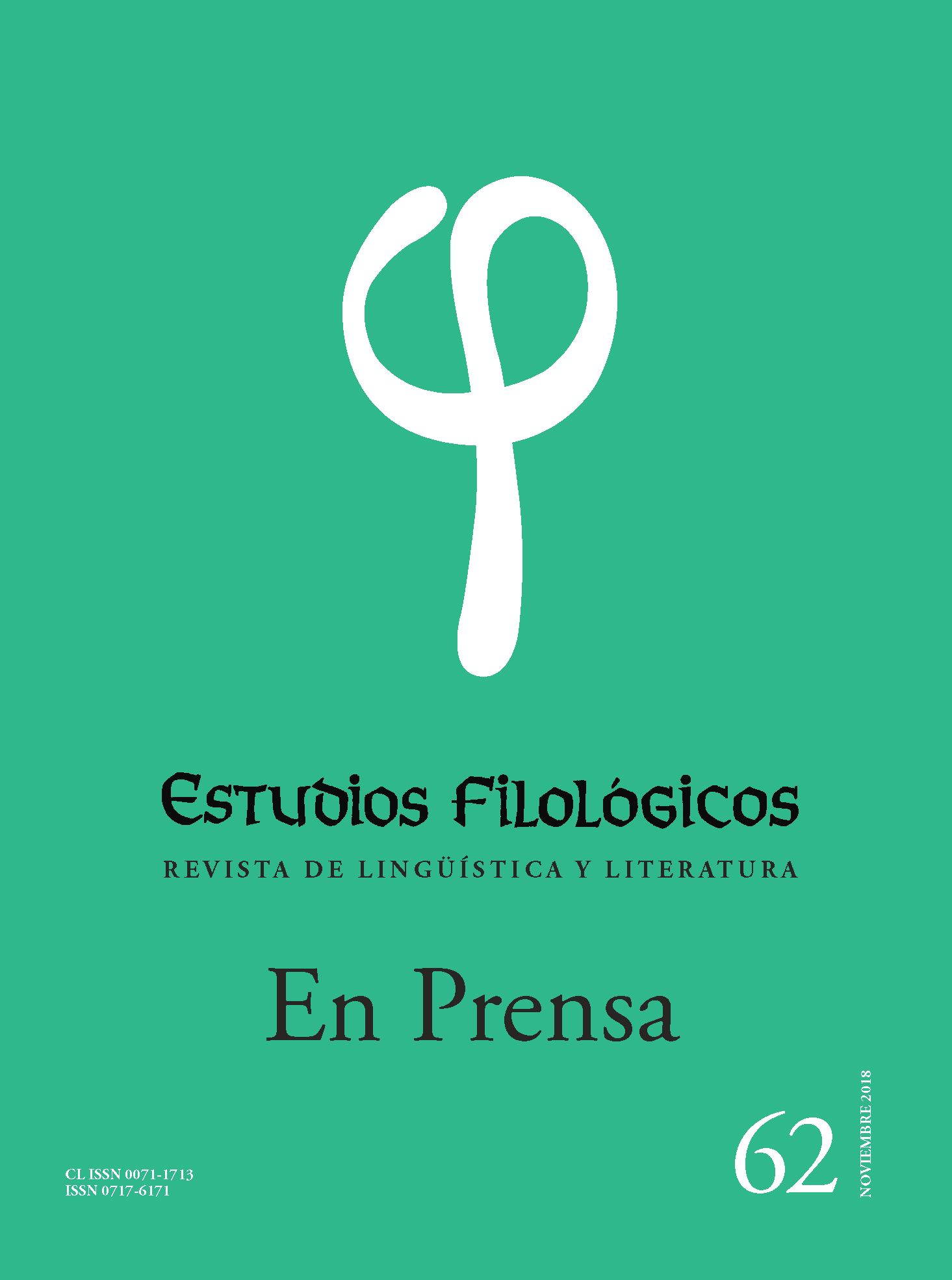La suciedad del tiempo: Escenarios del fin del mundo en la narrativa anti-monumental de Teixeira Coelho Neto
Contenido principal del artículo
Resumen
Este ensayo toma el ciclo de cuatro novelas del escritor y crítico de arte brasileño Teixeira Coelho Neto –Niemeyer, um romance (1994); Historia Natural da ditadura (2006), O homem que vive, uma jornada sentimental (2010) y Colosso (2015)– agrupado bajo el nombre de “el ángel de la historia” (Walter Benjamin), en el que se presenta una visión apocalíptica del fin del mundo entretejida con una reflexión sobre la vida, la política, el arte y la literatura. El ensayo sostiene que el imaginario catastrófico de las novelas se revela como estructuralmente ligado a un proyecto de modernización desarrollista e industrial (cuyo punto cúlmine está en la construcción de Brasilia), en los que la literatura y el arte se entienden desde una epistemología basada en la razón, la monumentalidad, el evolucionismo y la autonomía estética. Contrariamente, Coelho Neto se propone construir una escritura material, hecha con los escombros de una vida: una estética menor, de los “sin nombre”, del deshecho y del derroche. La literatura contemporánea adquiere de esta manera una impronta casi filosófica, pues se transforma en un sitio de generación de conceptos; un sitio a partir del cual construir una teoría crítica de un modo ajeno al de la razón (monumental) moderna.

